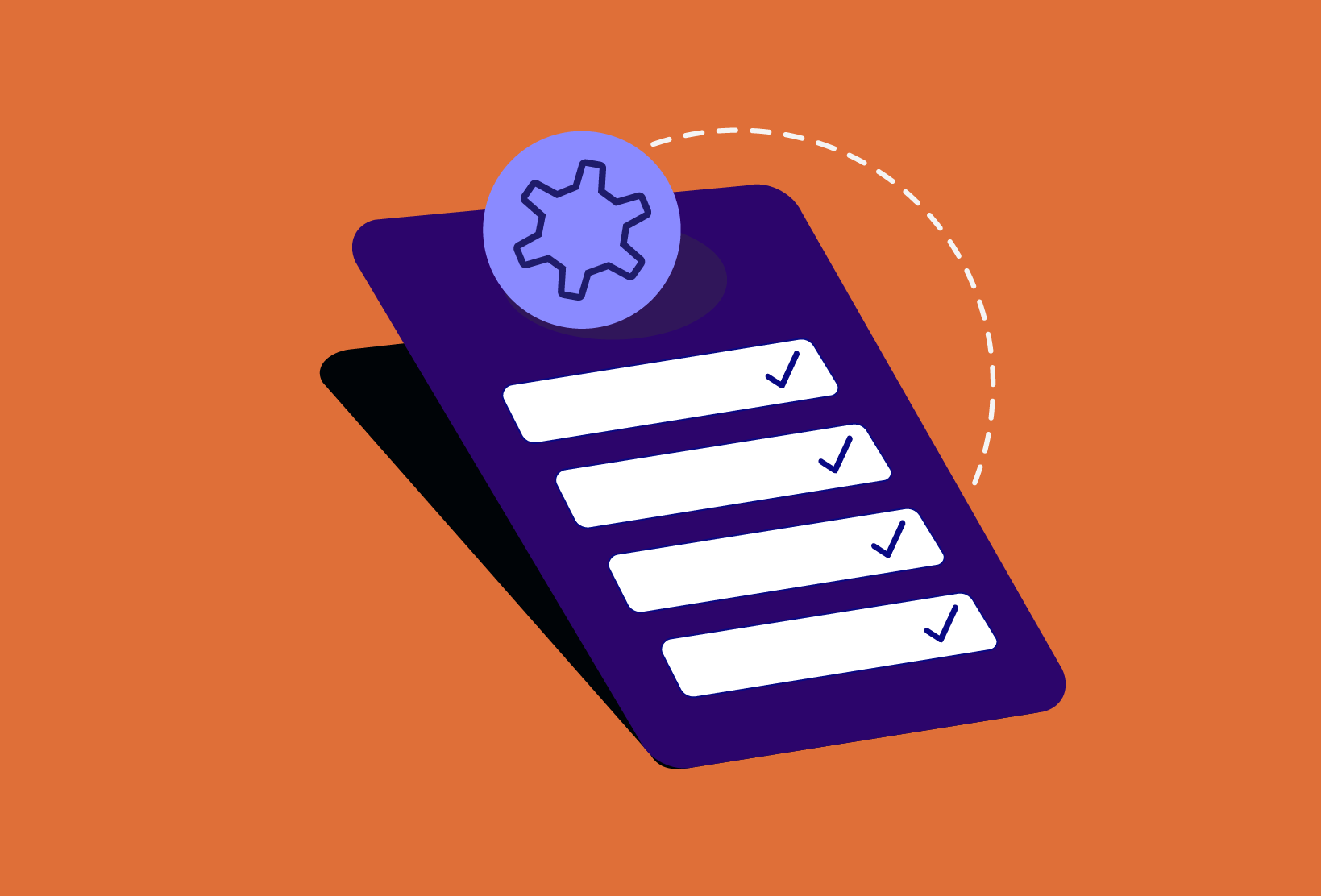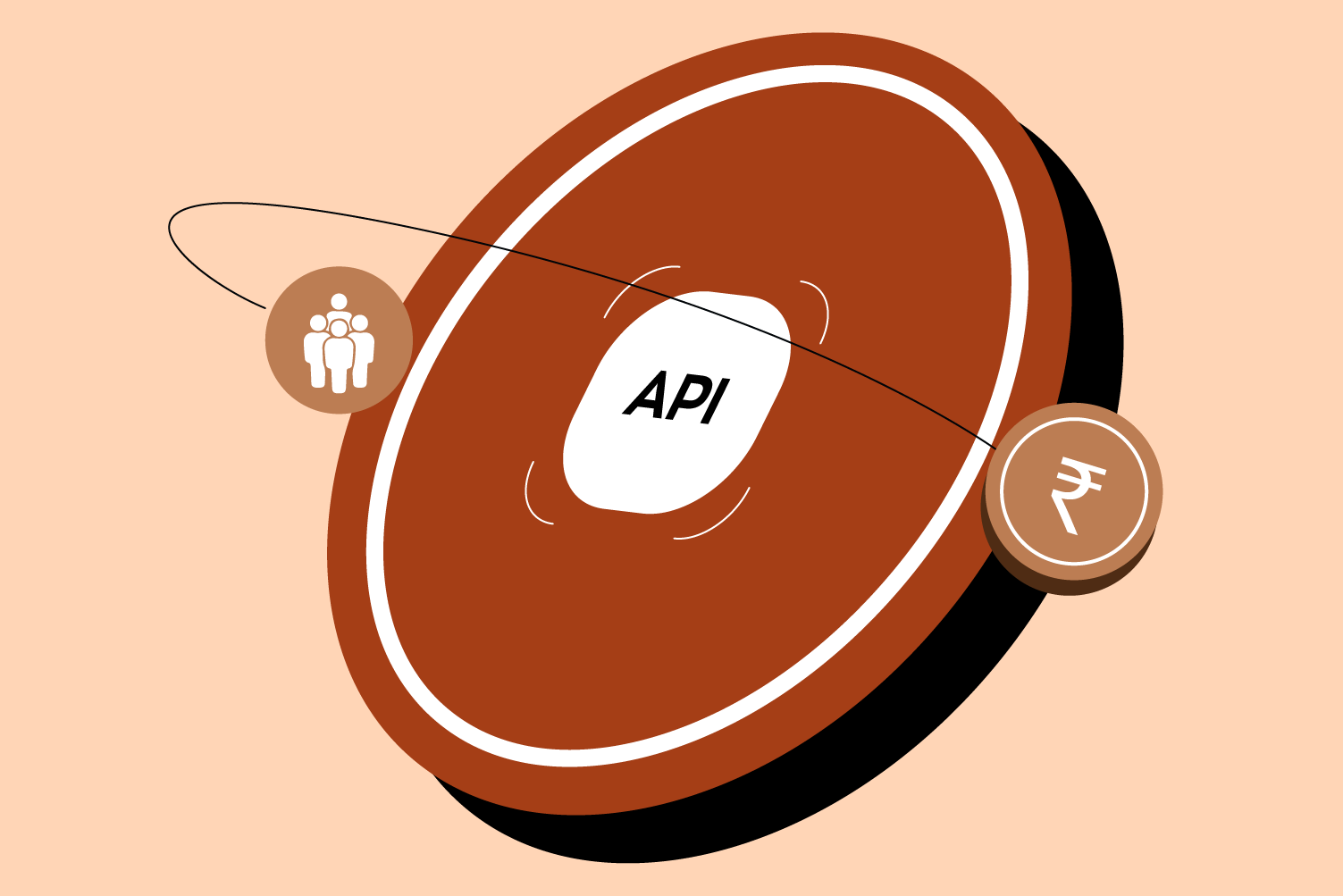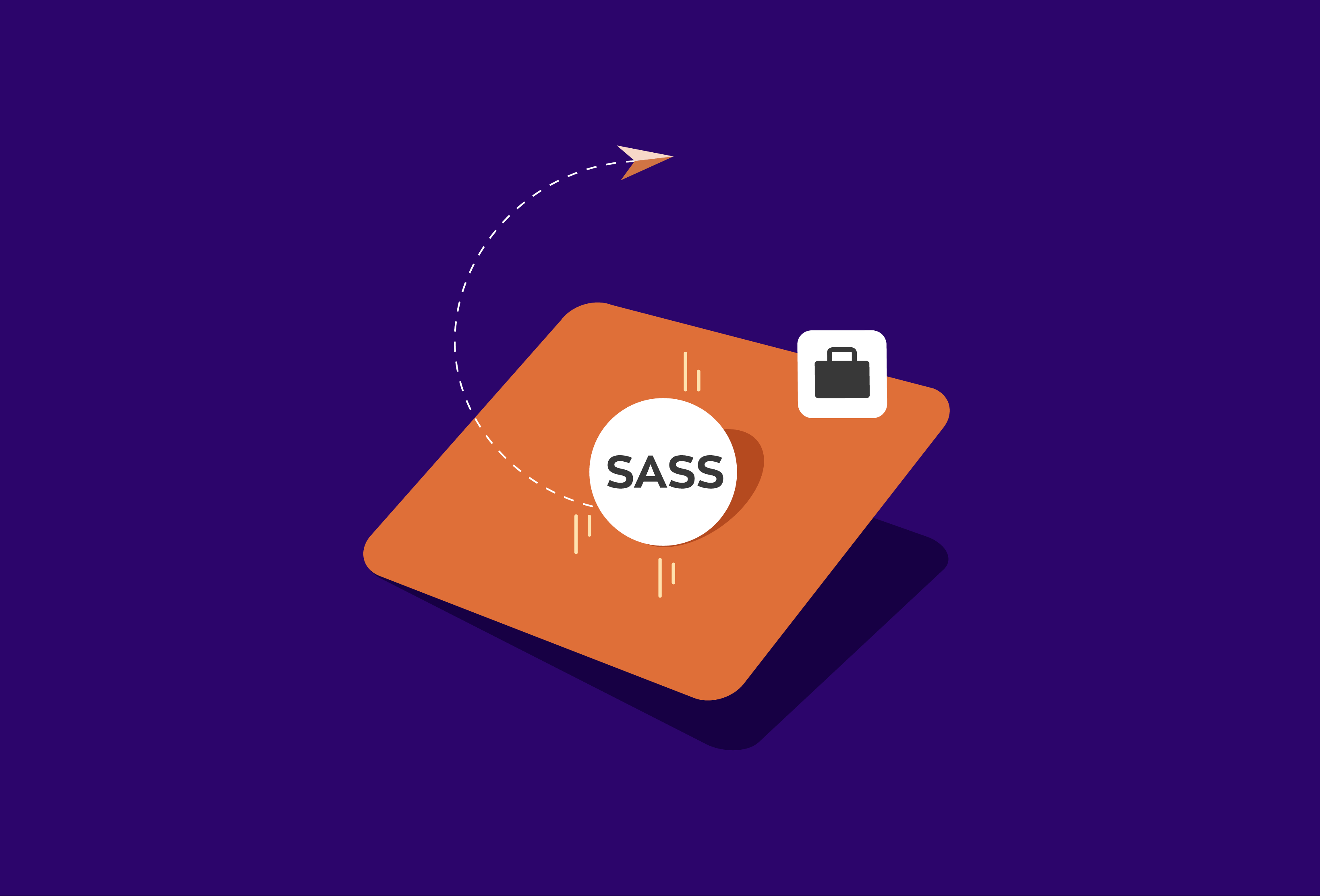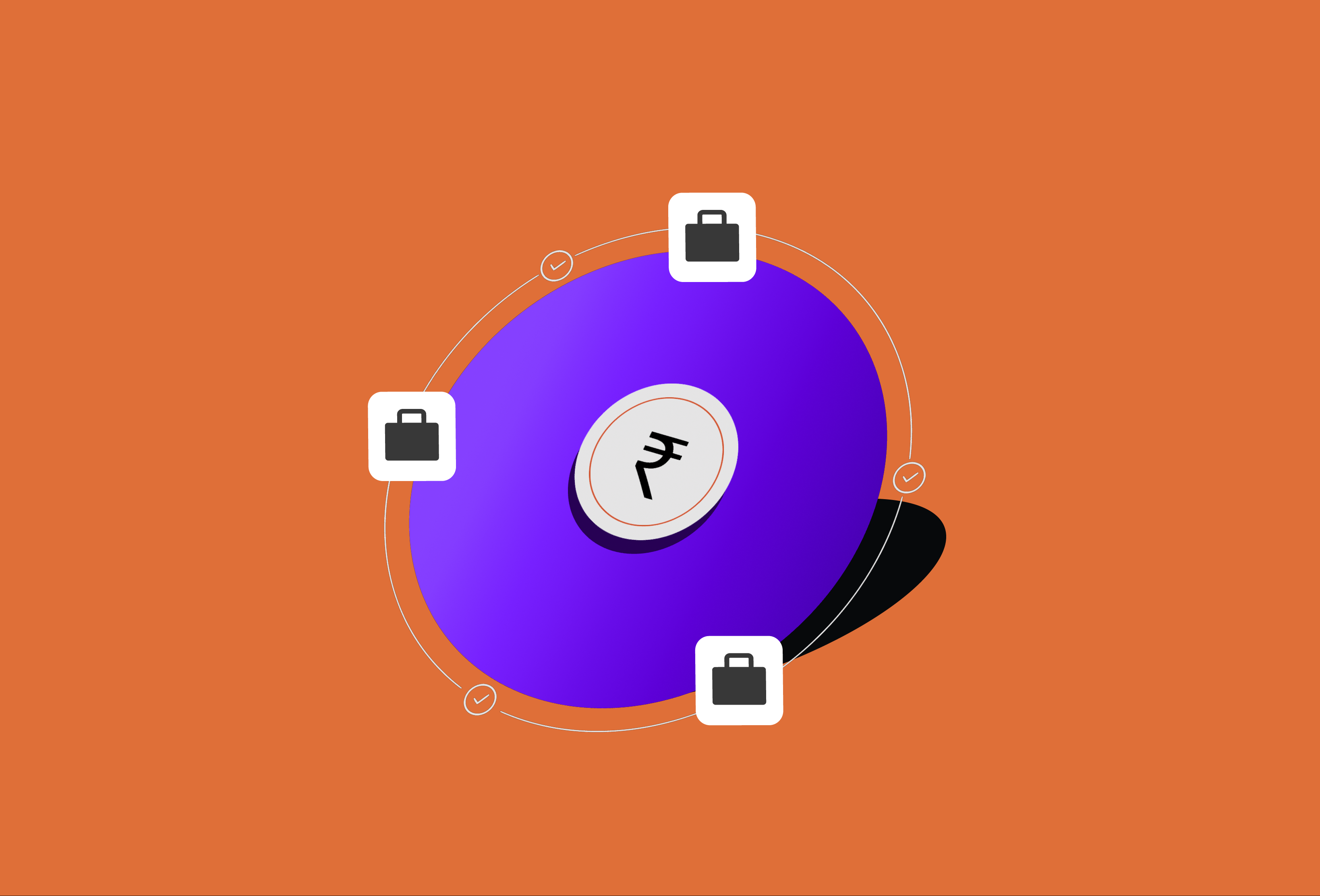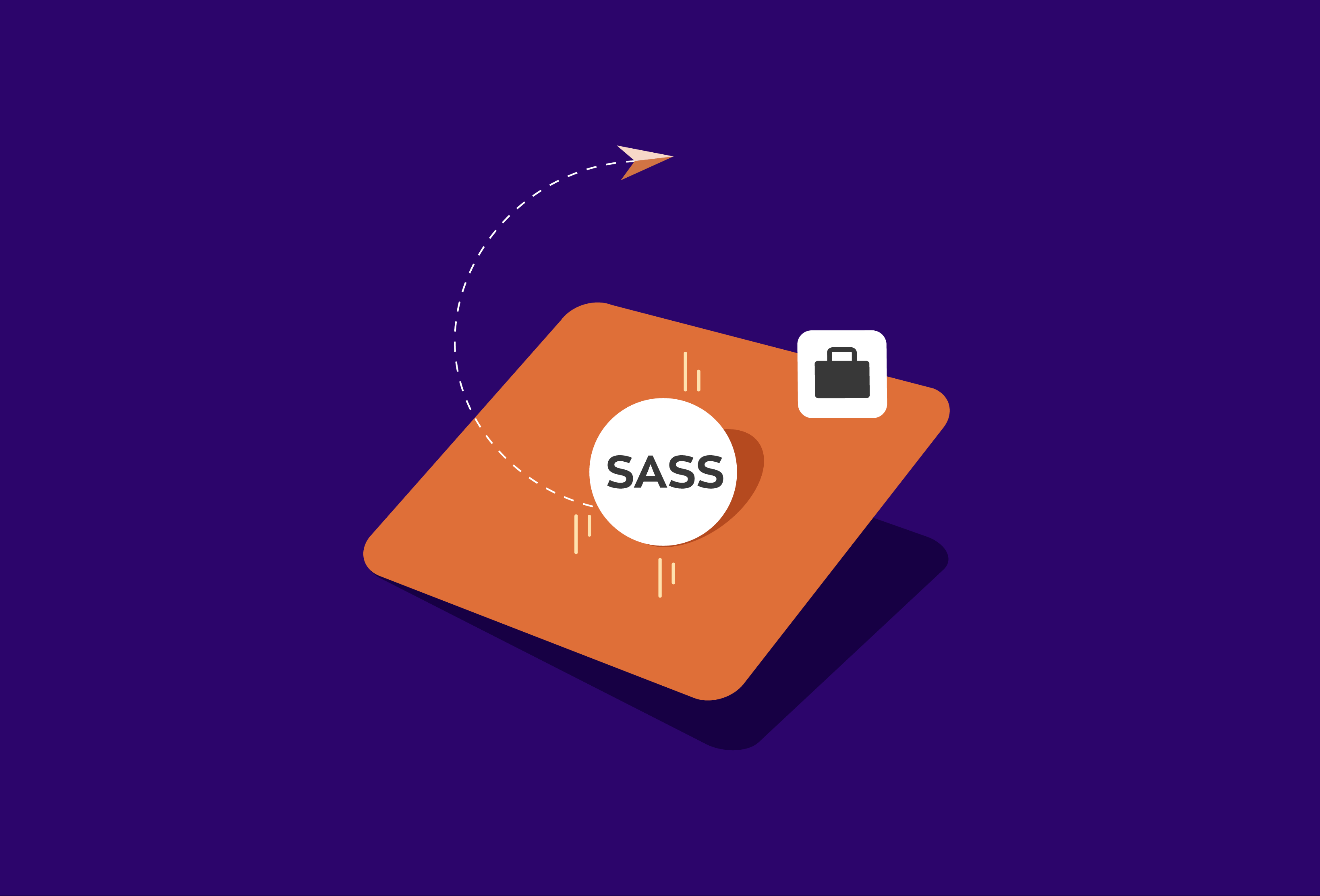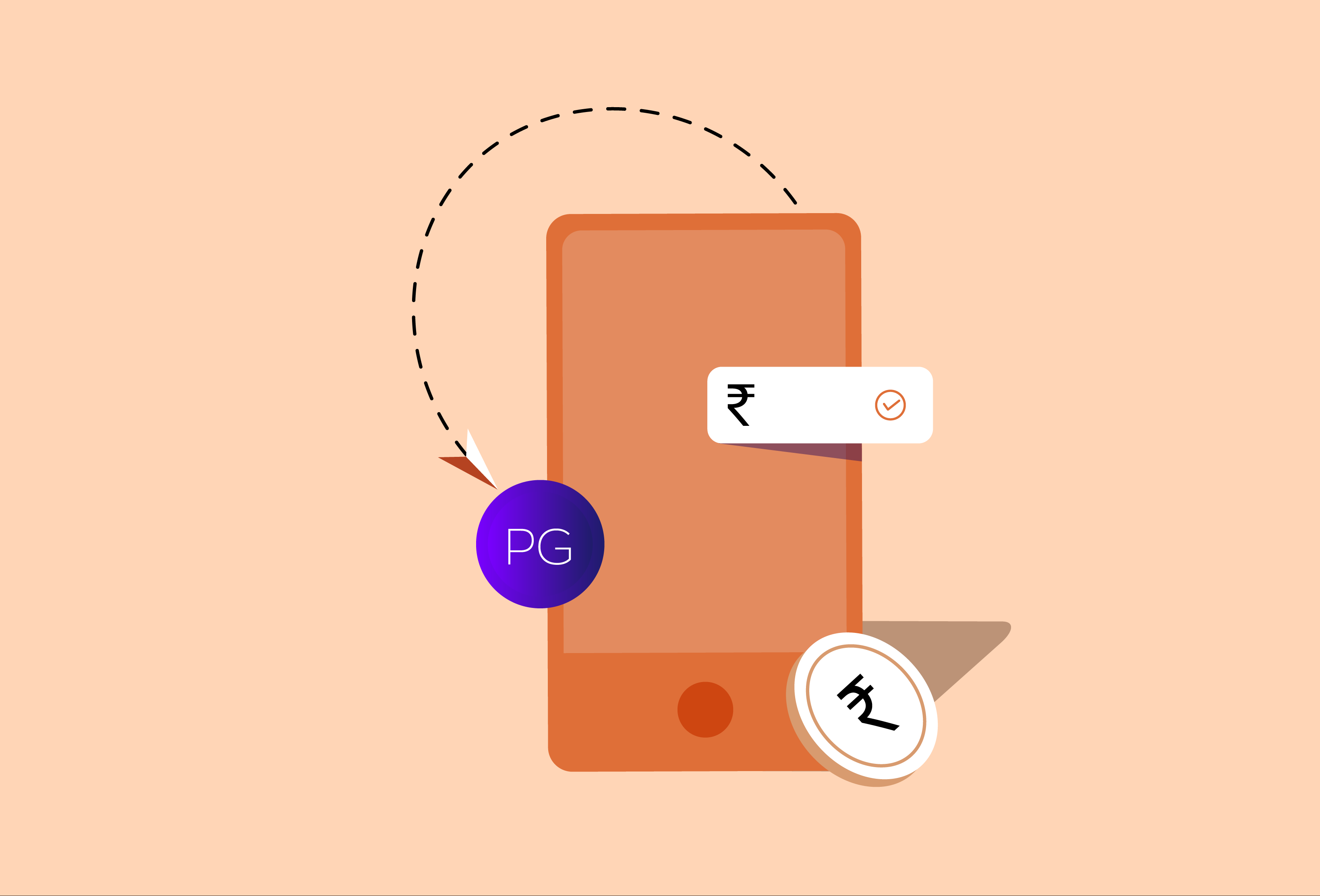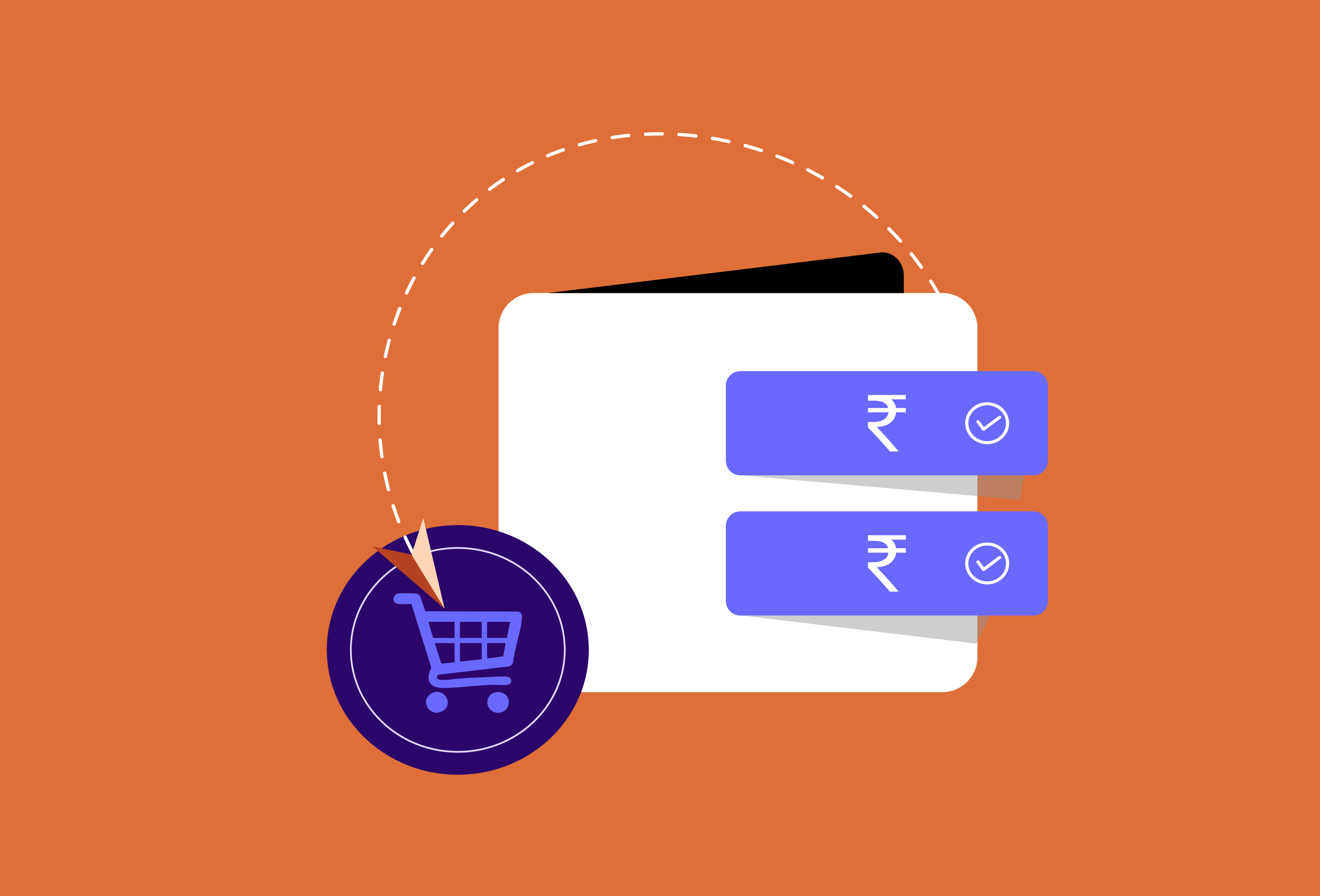Managing payments in a business or organization can be a time-consuming task, especially when there are multiple recipients involved. Whether it is paying employees, suppliers, partners, or service providers, manually processing each payment individually takes significant effort and increases the chance of errors. In this context, businesses are increasingly turning to batch payments and bulk transfers as a reliable solution to handle multiple payments efficiently.
Bulk payment systems simplify the process of paying several recipients at once, ensuring accuracy, speed, and transparency. They also help businesses improve financial control and maintain stronger relationships with vendors and employees by ensuring timely and error-free transactions.
What is Bulk Payment?
A bulk payment is a method of transferring money to multiple recipients simultaneously using a single process. Instead of initiating separate transactions for each recipient, organizations can compile all payment details into a single file, upload it to a payment platform, and execute all transactions at once.
Bulk payments are often used for multi-recipient payouts, such as payroll disbursements, supplier payments, partner commissions, or customer refunds. By consolidating multiple transactions, bulk payment systems reduce manual effort and provide a clear record of all payments made.
Benefits of Paying Multiple Recipients at Once
Using bulk payment solutions offers several advantages for organizations:
1. Time Efficiency
Processing payments individually for dozens or hundreds of recipients can be extremely time-consuming. Corporate disbursements through bulk transfers allow organizations to make all payments in a few clicks, freeing up valuable time for finance teams to focus on strategic tasks.
2. Accuracy and Error Reduction
Manual entry increases the risk of mistakes, such as entering the wrong account number or payment amount. Bulk payment platforms minimize errors by allowing finance teams to upload validated data in structured formats, ensuring that supplier payments and other transactions are processed correctly.
3. Cost Savings
Multiple individual transactions often attract higher fees and administrative costs. Consolidating payments through batch systems reduces transaction costs, making multi-recipient payouts more economical for businesses.
4. Transparency and Reporting
Bulk payment platforms provide detailed reports for every transaction, making it easier to reconcile accounts and track payments. These records support audit requirements and improve financial visibility for organizations.
5. Improved Vendor and Employee Satisfaction
Timely payments are essential for maintaining good relationships with vendors, suppliers, and employees. With scheduled payouts, businesses can ensure that recipients receive their funds on time, strengthening trust and reliability.
How Bulk Payment Works
The process of executing bulk payments is straightforward but highly effective:
- Prepare Payment Data
Finance teams compile recipient details such as names, account numbers, payment amounts, and references into a structured file, often in Excel or CSV format. - Upload to Payment Platform
The file is uploaded to a payment platform that supports batch payments or bulk transfers. Modern platforms also allow integration with accounting or ERP systems to streamline the workflow further. - Verification and Approval
Before processing, payments can be verified for accuracy. Platforms may include authorization controls, ensuring that only approved payments are executed. - Execute Payments
Once verified, all payments are processed simultaneously. This step converts manual transactions into a single automated workflow, saving time and reducing errors. - Reporting and Reconciliation
After payments are executed, the platform generates reports for each transaction, providing a complete record for accounting and compliance purposes.
Choosing the Right Bulk Payment Solution
When selecting a bulk payment platform, businesses should consider several features:
- Integration with Finance Systems: Platforms that sync with accounting or ERP systems allow finance automation tools to streamline processes further.
- Support for Multiple Payment Methods: Options like bank transfers, UPI, NEFT, RTGS, and wallets provide flexibility for multi-recipient payouts.
- Security and Authorization: Ensure that platforms offer strong security protocols and multi-level approval systems.
- Automated Notifications: Recipients should receive notifications once payments are completed.
- Reporting Capabilities: Detailed reporting simplifies corporate disbursements and auditing processes.
Selecting the right solution ensures that businesses can execute supplier payments and other multi-recipient payouts efficiently and securely.
Common Use Cases
Bulk payment systems are widely used in organizations across industries:
- Payroll Disbursement: Paying salaries to employees at once reduces administrative work and ensures punctuality.
- Supplier Payments: Vendors receive payments simultaneously, improving supplier relationships.
- Partner Commissions or Affiliate Payouts: Businesses can reward multiple partners without delays.
- Customer Refunds or Incentives: Retailers and service providers can refund multiple customers in one go.
- Grants or Scholarship Payments: Educational institutions and NGOs can distribute funds efficiently.
Best Practices for Bulk Payments
To ensure smooth execution of bulk payments, organizations should follow these best practices:
- Verify Recipient Details: Double-check account numbers and amounts before uploading to avoid errors.
- Use Trusted Platforms: Select reputable platforms with robust security measures.
- Schedule Payments in Advance: Using scheduled payouts helps maintain consistency and avoids delays.
- Maintain Records: Keep detailed records for accounting and compliance.
- Reconcile Payments Regularly: Monitor transactions to confirm successful execution and resolve any discrepancies.
Challenges to Watch Out For
While bulk payment solutions simplify financial operations, organizations should be aware of potential challenges:
- Duplicate Payments: Incorrect data can lead to double payments.
- System Integration Issues: Legacy accounting systems may require additional steps to integrate with modern platforms.
- Compliance Requirements: High-volume payments may require adherence to specific banking or regulatory guidelines.
By being aware of these challenges and implementing best practices, organizations can maximize the benefits of bulk transfers while minimizing risks.
Conclusion
Paying multiple recipients manually is no longer practical for businesses managing a growing number of transactions. Using batch payments and multi-recipient payouts through automated platforms ensures faster, more accurate, and cost-effective financial operations. From supplier payments to payroll and partner commissions, bulk payment systems streamline processes, enhance transparency, and improve relationships with recipients.
Adopting finance automation tools for bulk payment processing allows organizations to execute corporate disbursements efficiently, schedule recurring payments, and maintain better control over their financial operations. Businesses that leverage these solutions can focus on strategic growth while ensuring that all payments are accurate, timely, and secure.


